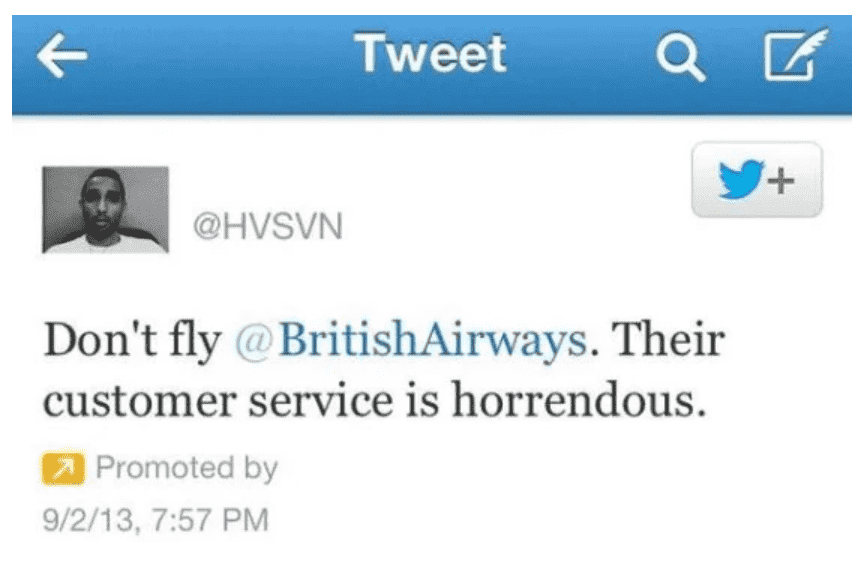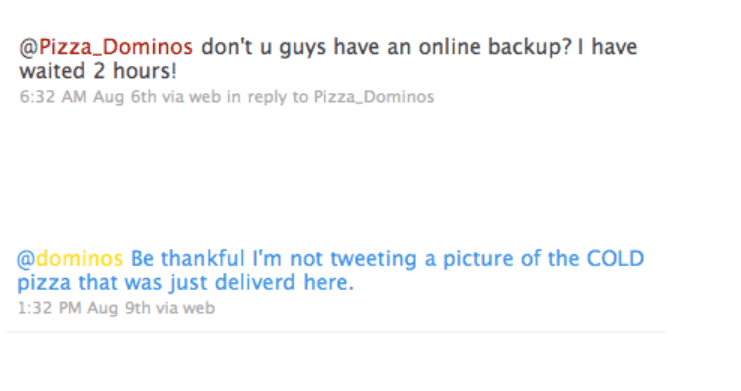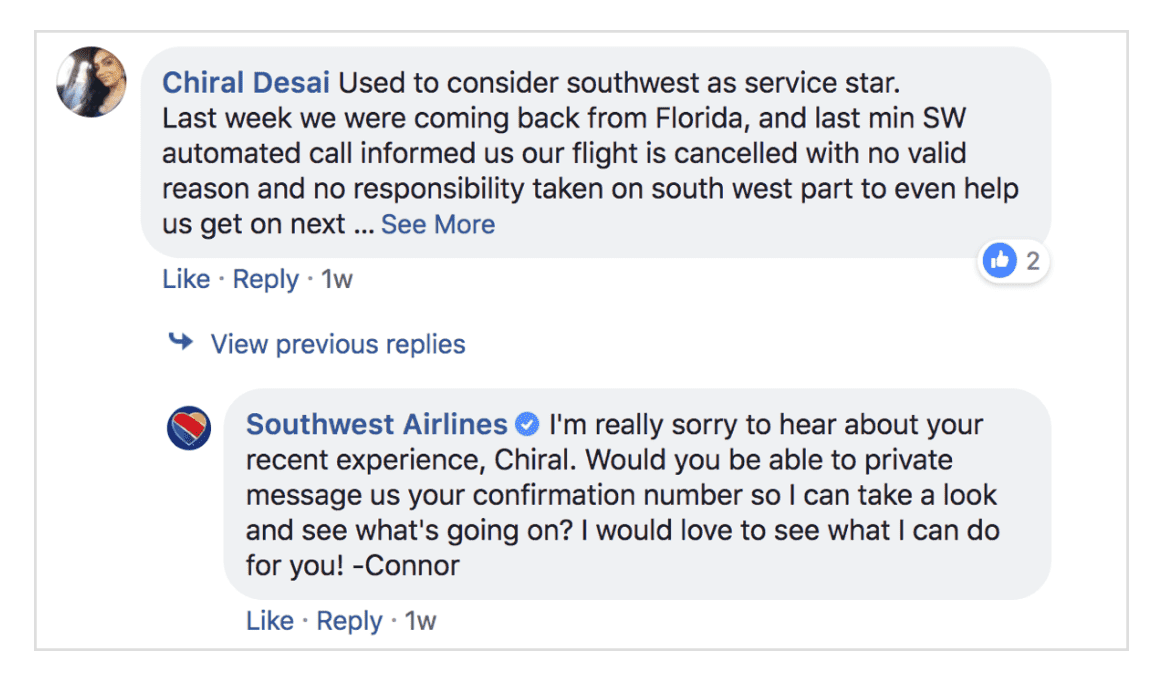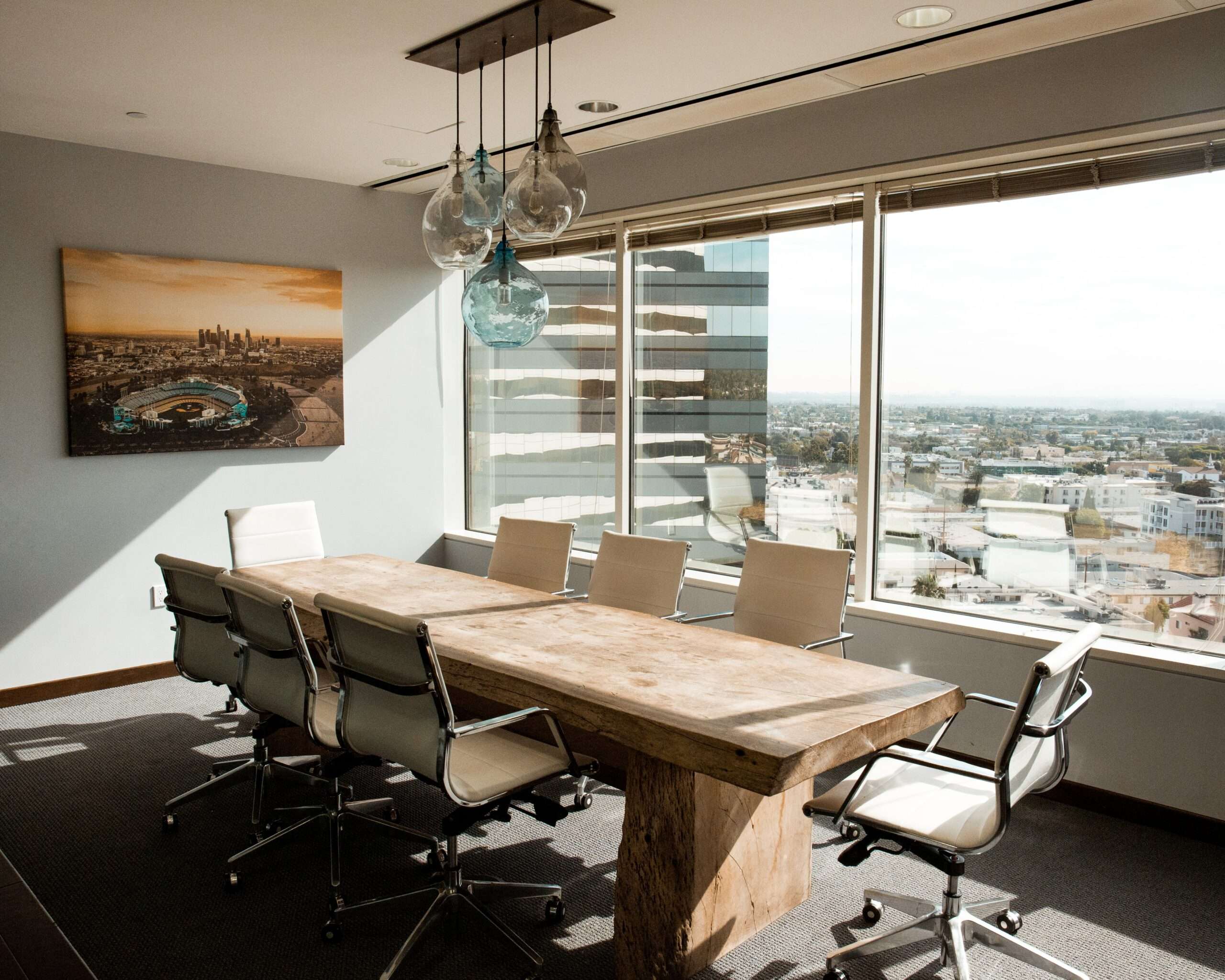As users of social media websites such as Facebook, Twitter, Pinterest, and Instagram, we often feel the urge to post whatever comes to mind. Companies have also embraced social media to engage their customers and to build their brand. Being able to send social media messages with a “click” of a button is tempting because it can reach thousands of potential customers.
Yet, risks can spin out of control when the company, employees, and customers post on social media. Posting without thinking clearly comes with a huge reputation risk leading to devastating financial and client losses. It can also lead to the loss of trust and loyalty among business-client relationships. These relationships take many years to develop and nurture.
Reputation and Social Media Use
According to Aon’s 2019 Global Risk Management Survey, damage to reputation or brand is the second top risk out of 15 risks. The survey included responses from 2,672 decision-makers from companies in 60 countries. It used to be the case that a major scandal was essential to make it on the daily news. However, this is not the case anymore. We are now living in the social media age. One inappropriate tweet from a CEO, employee, or client can go viral, and ruin the reputation of the company.
A negative reputation from inappropriate social media use can have a negative effect on the company’s revenue, brand value, trust, goodwill, and ethical reputation.1 For instance, in 2018, Pentland Analytics found that companies facing a reputation loss due to social media experienced a value decline of 30%. However, companies who managed the reputation crisis gained 20% in value!
Risks of Social Media
Ill-Advised Campaigns
Companies have gone viral, especially when posting hashtags and posts via their social media pages. For instance, in efforts to promote positive messages, McDonald’s fast-food restaurant developed a Twitter hashtag campaign, #McDStories. This marketing tactic was used to promote stories about farmers and McDonald’s ingredients. However, this hashtag campaign backfired when angry Tweeters used the hashtag to spread criticisms about McDonald’s food and service. They also exchanged horror food stories. This negative word-of-mouth encouraged customers to criticize McDonald’s, and McDonald’s could do nothing to stop them.
Insensitive Posts
Additionally, the National Rifle Association’s (NRA) American Rifleman posted a tweet that stated, “Good morning, shooters. Happy Friday! Weekend plans?” without realizing that the tweet was posted a few hours of the 2012 Aurora, Colorado shooting. The tweet was later deleted because it came across as insensitive and offensive. It should have been scheduled at a later time. However, it was too late, the tweet went viral across newspapers and national news stations including CNN.
Employment Loss
Chrysler
Employees have also lost their job due to expressing their disgust toward the companies that they work for. For example, Scott Bartosiewicz, a Chrysler contractor and MBA student, posted the following tweet: “I find it ironic that Detroit is known as the #motorcity and yet no one here knows how to (expletive) drive.”2 He thought he was posting this tweet to his personal Twitter account. But, because he was driving on the Interstate 696, he made a mistake, and sent it to Chrysler brand’s Twitter feed instead. This small mistake cost him his job. Chrysler decided not to renew his contract with his marketing firm, New Media Strategies. In a later interview, Scott indicated regret by stating, “I poured all my heart and soul into that [company]. It’s unfortunate it’s all being overshadowed by 140 characters.”
Daycare
Kaitlynn Walls, a daycare worker and single mother from Texas made a similar mistake. After getting hired, she posted the following Facebook post without thinking about the possible consequences: “I start my new job today, but I absolutely hate working at day care.” She also shared, “I just really hate being around a lot of kids.”3 This post sparked a lot of criticisms. The operators at the daycare got ahold of her post and told her not to show up to work. After losing her job, she indicated to WPIX that she will avoid venting about her future jobs via social media.3
Padi
Additionally, Aaron Kwan, a manager of a restaurant in Delaware, was unhappy with the low tips of customers. He posted racial slurs and photos of receipts via Facebook and Instagram. When receiving a tip of $5.20 for a bill of $53.80, he posted a picture of the receipt with a caption attacking the customers’ thriftiness and racial identity.4 The restaurant owner of Padi found out about the Facebook and Instagram account posts, and put Mr. Kwan on an indefinite unpaid leave for degrading the customers. After this instance, the restaurant suffered from reduced business.4
Reputation Loss
Also, when clients are dissatisfied, companies may experience reputation loss if they do not address these concerns effectively. For instance, a customer of British Airways, @HSVN posted a tweet about his dissatisfaction with their customer service due to not being able to find his luggage. And, since the customer did not receive a prompt reply, the customer became frustrated and retaliated by paying to promote his tweets so they would reach a broader audience in the UK and New York.5

The next morning, British Airways finally responded during their business hours, by stating: “Sorry for the delay in responding, our twitter feed is open 0900-1700 GMT. Please DM your baggage ref and we’ll look into this.” However, this response was ineffective and it escalated the crisis.
Managing Social Media Risks
As we can see, much can go wrong when not regulating social media content. Being responsive to social media content can help companies mitigate the damage to their reputation and build their brand image. For example, customers of the pizza company, Dominos posted the following angry tweets about the delivery service they’ve experienced.

When Dominos received these social media complaints, their company managers managed the risk by responding immediately via Twitter.
Similarly, Southwest Airlines, addressed a customer complaint from Chrial Desai, who posted a tweet about being disappointed about having a flight cancelled for no apparent reason. And, Southwest Airlines immediately responded by apologizing about the experience. They offered to look at the confirmation number to further investigate the problem.

Both of these companies effectively managed complaints received via social media. They had trustworthy community managers monitor their social media activity. They responded immediately to their customers and offered to solve the problem, instead of ignoring or attacking their customers. When companies monitor and respond appropriately via their social media pages, especially when receiving heated messages, they are more likely to maintain a positive brand image and maintain their reputation. The problem, however, occurs when companies forget to check their social media pages. Issues can escalate and spread like a wild fire on the web.
Preventing a Social Media Crisis
To prevent a social media crisis, it is important to develop a crisis communication plan. Businesses can also run a reputation risk analysis. Auditing social media pages can give business leaders a feel about the kinds of messages that are being said about the company, products, and services. Using social media monitoring software can also help prevent further reputation damage.
As employees of businesses, we also need to be mindful about the potential consequences of posting or sharing things, especially when feeling negative emotions such as anger or frustration. Posting offensive images and videos and retweeting inappropriate posts can often lead to job dismissal. Taking business communication and marketing communication classes can enlighten you about the strategies to prevent and mitigate social media risks. Learning about managing these risks can also help companies and employees maintain a good reputation.
Ultimately, Benjamin Franklin was right about the vulnerability of one’s reputation. He stated, “It takes many good deeds to build a good reputation, and only one bad one to lose it.”
- https://www.crispthinking.com/blog/protecting-brand-reputation
- https://www.nbcnews.com/id/wbna42132041#.U8_bniTrNVs
- https://www.pix11.com/2015/04/30/daycare-worker-fired-after-posting-about-hating-children-on-facebook/
- https://www.huffpost.com/entry/padi-racial-slur-social-media_n_3155929
- https://www.towergateinsurance.co.uk/liability-insurance/business-online-reputation

 5.0
5.0 





















